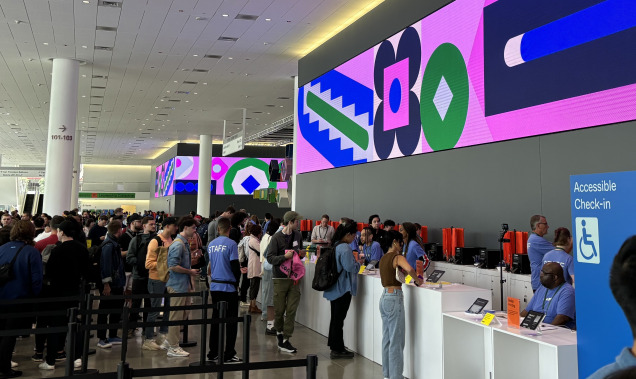Unlocking new opportunities for retail
Will the pandemic cause permanent effects on people’s approach to shopping in physical stores?
Once the emergency is passed, will the concern about overcrowding and hygiene remain higher than before the Covid-19 outbreak? We cannot predict, but we are inclined to believe so. Virologists warn societies about the need to cope with the risk of new epidemics in the future, implying that the new normality should include more attention to issues such as appropriate distances and hygiene when shopping. How will retailers address the situation?
The impacts of the immediate measures
Due to the urgency, the timely safety measures that were taken by retailers during the pandemic were based on common sense and governmental guidelines rather than a user perspective and thereby had ambivalent effects on customers and retailer staffs. They were both
reassuring, as they showed that someone was taking care of the problem
reminding people of the threat they were exposed to, interfering with the free flow of their intentions, and inducing them to feel that they were a potential threat for others.
This was a fair trade-off in the emergency, but what about longer-term, as we face the new normal? How can retailers incorporate all the needed safety measures in their customers’ and staff’s in-shop experience without compromising the pleasure of shopping and the quality of work?
Retailers and the demands of the new normal
Retailers must show authority, that they are well equipped and that all the solutions they adopt are relevant and based on the latest research and scientists’ recommendations. They also need to emphasize any positive impact of these solutions on the shopping experience.
For example, we observed that the need for social distancing led people in the groceries to be more respectful to one another as if the distancing were spontaneously framed as a mutual courtesy rather than an obligation. This introduced an unexpected element of pleasure into the drama. Service design can help create the right framing for customers to accept the novel measures as improvements rather than impediments. Why should waiting in line be boring? Why should hand sanitization be a burden? Why should people’s navigation be slow and cumbersome?
Customers in search of responsible, mindful experiences
Finally, retailers should make efforts to connect these behaviors to a wider notion of care. A recent study by Accenture states that even during the tightest phase of the lockdown the three top priorities for consumers were:
- limiting food waste
- shopping more health consciously
- making more sustainable choices
This means that while consumers were getting more attentive to hygienic issues, they were also becoming more mindful of what they were buying. Then, a possible approach to the design of safe shopping experience is to reinforce this association and represent the hygienic measures not as a way to guard customers against each other, but as an additional way in which people can show that they care for others, for their own health, and for the planet.
This presents a great opportunity for the food retail industry to leverage consumers’ emerging needs and concerns all at once and to re-define the in-store and digital experience accordingly.
Our multidiscipline teams of service designers, space and UX designers, digital transformation experts, food specialists and packaging designers work closely with our clients to foster this transition as we together move towards the new scenarios of retail.





